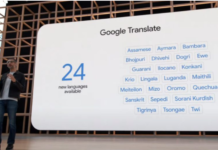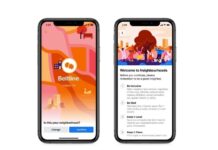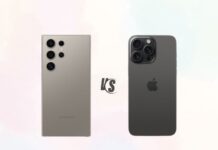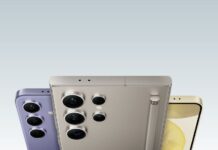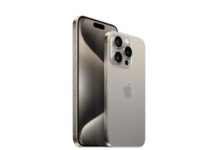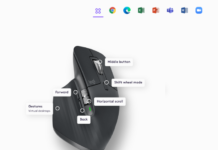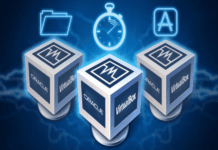New LiFi technology uses light bulbs to deliver speeds 100 times faster than WiFi
A latest wireless internet technology has been developed, known as LiFi, that could provide a connection that’s 100 times faster than WiFi. This latest LiFi technology was tested by an Estonian start-up called Velmenni. Earlier this year, scientists have achieved speeds in the lab of up to 224 GB per second using LiFi technology.
The firm offers LiFi technology, the wireless transfer of data using Visible Light Communication(VLC), is outfitting offices in the Estonia capital of Tallinn. The company says its LiFi technology can send data up to 1GB per second. This is almost 100 times faster than the present WiFi technology.
“We are doing a few pilot projects within different industries where we can utilise the VLC (visible light communication) technology,” Deepak Solanki, CEO of Estonian tech company, Velmenni, told IBTimes UK.
“Currently we have designed a smart lighting solution for an industrial environment where the data communication is done through the light. We are also doing a pilot project with a private client where we are setting up a LiFi network to access the Internet in their office space.”
The report also said that the technology could be rolled out for people in another three to four years, according to Velmenni CEO Deepak Solanki. Professor Harald Haas had talked about the idea on TED talks in 2011, which has seen 1.7 million views on YouTube.
As Haas said: “All we need to do is fit a small microchip to every potential illumination device and this would then combine two basic functionalities: illumination and wireless data transmission.”
[su_quote cite=”Professor Harald Haas”]In the future we will not only have 14 billion light bulbs, we may have 14 billion LiFis deployed worldwide for a cleaner, greener and even brighter future.[/su_quote]
Professor Harald Haas is not the only one working LiFi related technology. Researchers at Oxford University have been working on the same as well.
LiFi works by flashing LED lights on and off at incredibly fast speeds, sending data to a receiver in binary code. It’s essentially an ultra-fast version of turning your flashlight on and off to create morse code. The flashes occur so fast that they are not seen by the naked eye.
The main benefit of LiFi over WiFi, is the reduced risk for unwanted access because the signal doesn’t bleed beyond physical walls.There’s no interference problems since it’s not competing with other RF(Radio frequency) signals, and its use is cost-effective and energy efficient.
There are certain drawbacks to LiFi compared to WiFi, of course. Because it depends on visible light, the signal doesn’t penetrate walls. It also requires that current lights be retrofitted with microchips to support data transmission.
Besides Velmenni, several companies have already sprung up to bring Li-Fi to customers, like French tech company- Oledcomm and pureLiFi, the latter established by Li-Fi’s inventor himself, Harald Haas.
Watch Professor Harald Haas’s Ted Talk video:








